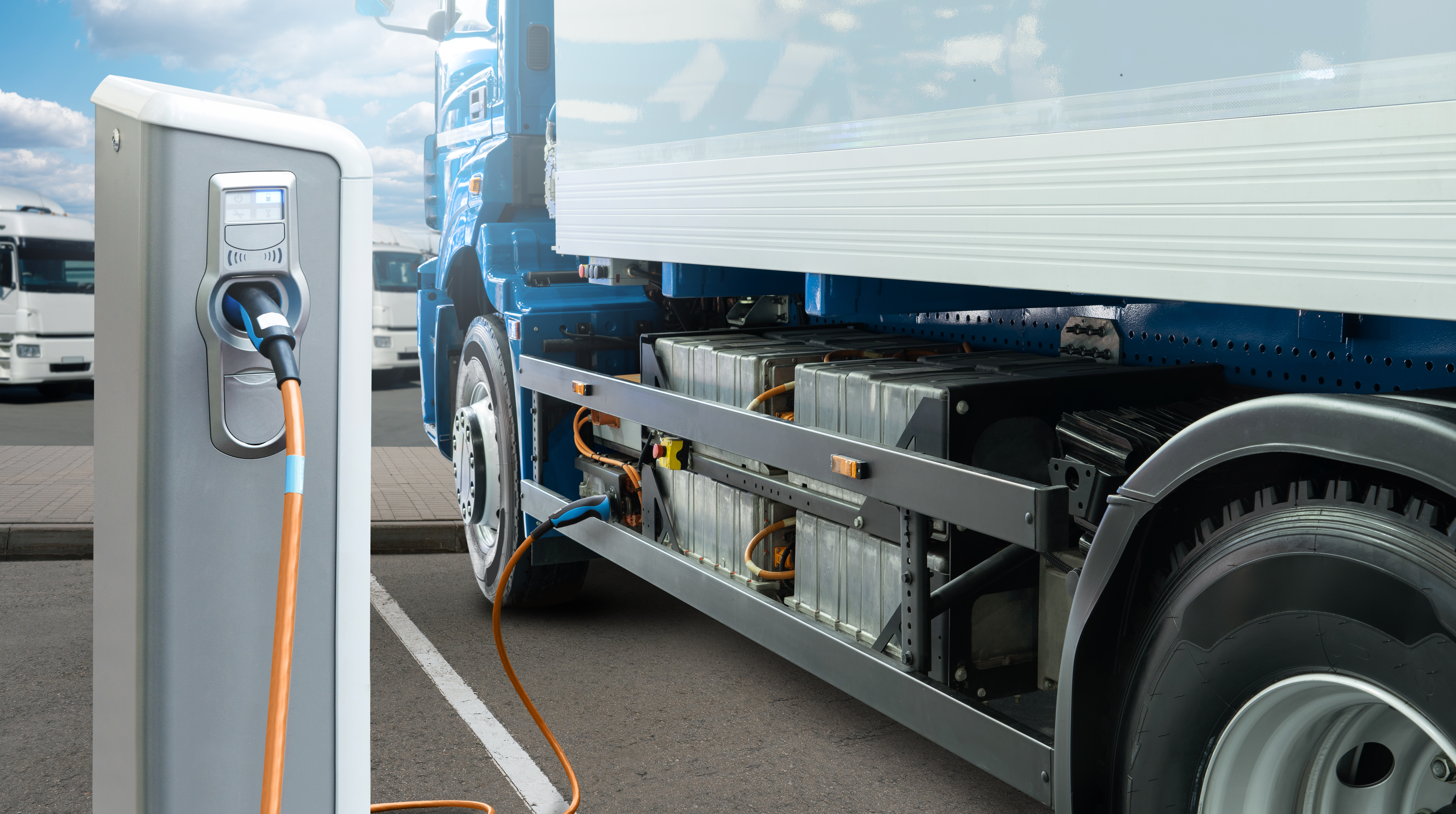Share this
Heavy Electric Trucks: Earth's Safety or the People's Danger?

by LynnCo on Feb 15, 2023
Sustainability is top of mind for most supply chain leaders today. From circular economies to heavy electric trucks, there are a multitude of ways to move the needle on sustainability. However, one controversial innovation has supply chain leaders from all over in a tizzy. Are heavy electric trucks safe? With the need for batteries that, alone, weigh thousands of pounds, it’s understandable that there is cause for concern—especially when these trucks will be sharing the road with daily passengers.
Recently, the head of the National Transportation Safety Board, Jennifer Homendy, expressed her concerns for the life-threatening implications heavy EVs may have on the roads. “I’m concerned about the increased risk of severe injury and death for all road users from heavier curb weights and increasing size, power and performance of vehicles on our roads, including electric vehicles,” says Homendy.
This conversation begs the question, does sustainability outweigh safety? In this article, we’re dissecting the good and the bad about heavy electric trucks and vehicles.
Heavy Electric Trucks: The Good
According to the U.S. Environmental Protection Agency (EPA), the largest source of greenhouse gas emissions is transportation. In fact, 29% of emissions come from the transportation industry. Specifically, heavy-duty vehicles make up 23% of total emissions. Heavy electric trucks serve to reduce these emissions—the batteries in heavy electric vehicles are designed to reduce CO2 emissions by a whopping 30%.
Another benefit of heavy electric vehicles is that they are great solutions for drayage services. Moving loads across short distances with diesel trucks can create massive pollution. This region, where trucks will travel from the warehouse to various local docks and ports, can lead to significant health concerns for local residents and businesses. Heavy electric trucks specifically built for short-haul workloads, mitigate emissions and help to ensure air quality of the local town or region is clean. And as the market outlook for drayage services continues to rise (at a 2% CAGR) we can only expect more companies to leverage heavy electric vehicles for the short-haul.
As a matter of fact, the State of California is planning to migrate to zero-emission vehicles from cars to SUVs and heavy electric vehicles by 2035. To lower pollution and emissions throughout California, the state is also requiring truck manufacturers to phase in heavy electric trucks and associated technologies by 2024.
Heavy Electric Trucks: The Bad
While important for reducing carbon emissions and lowering pollution levels, heavy electric trucks do have some disadvantages. For starters, heavy electric vehicles are… heavy. The battery alone can weigh anywhere between 1,000 and 2,900 pounds! Ultimately, the weight depends on the type of vehicle, battery, and manufacturer. For example, the Hummer EV battery weighs approximately 2,923 pounds. That’s nearly the same weight as a sedan!
This added weight gives cause for concern regarding road safety. In a study titled, Pounds That Kill: The External Costs of Vehicle Weight, from the University of California, Berkeley and NBER, researchers found that “being hit by a vehicle that is 1,000 pounds heavier generates a 40-50% increase in fatality risk.” Now, imagine what the fatality risk would be if the vehicle weighed an additional 2,000 pounds. Not to mention, most electric vehicles accelerate faster than gas or diesel-powered vehicles. The truth is, increased speed + heavy vehicles = dangerous road situations.
Another downside to heavy electric trucks is the current lack of charging and parking infrastructure. Carriers need to coordinate rest times for drivers with charging stations during their routes. However, the lack of charging stations is posing quite the challenge for carriers looking to optimize trucking routes. These obstacles are likely to increase carrier costs and potentially lead to delivery delays.
Carriers are also finding it difficult to navigate the extra weight of heavy electric trucks when it comes to optimizing shipments. Due to the increase in weight, some workloads need to be split into two shipments on two separate trucks. This means with heavy vehicles, carriers have less capacity on their trucks. We envision this becoming quite an issue for manufacturers looking to negotiate the best lane rates in the coming years.
Final Thoughts
So what’s the final verdict? Do the benefits of heavy electric trucks outweigh the potential dangers? Is there a way to build heavy electric vehicles with less mass? Some battery manufacturers are working on this as we speak, but for the time being, the weight of EV batteries remains massive. More than ever, it’s important to have these conversations throughout the transportation industry. While we strive to reach a more sustainable future, we must also innovate solutions with safety at the forefront.
We expect the National Highway Traffic Safety Administration to take these concerns into consideration throughout the year to evaluate the need for sustainable transportation and determine the best way to ensure highway safety in the process. Where do you see the future of sustainable transportation heading?
We’d be happy to discuss how our team can help you overcome a variety of challenges related to your supply chain and logistics operations. Contact us and we’ll be in touch shortly.
